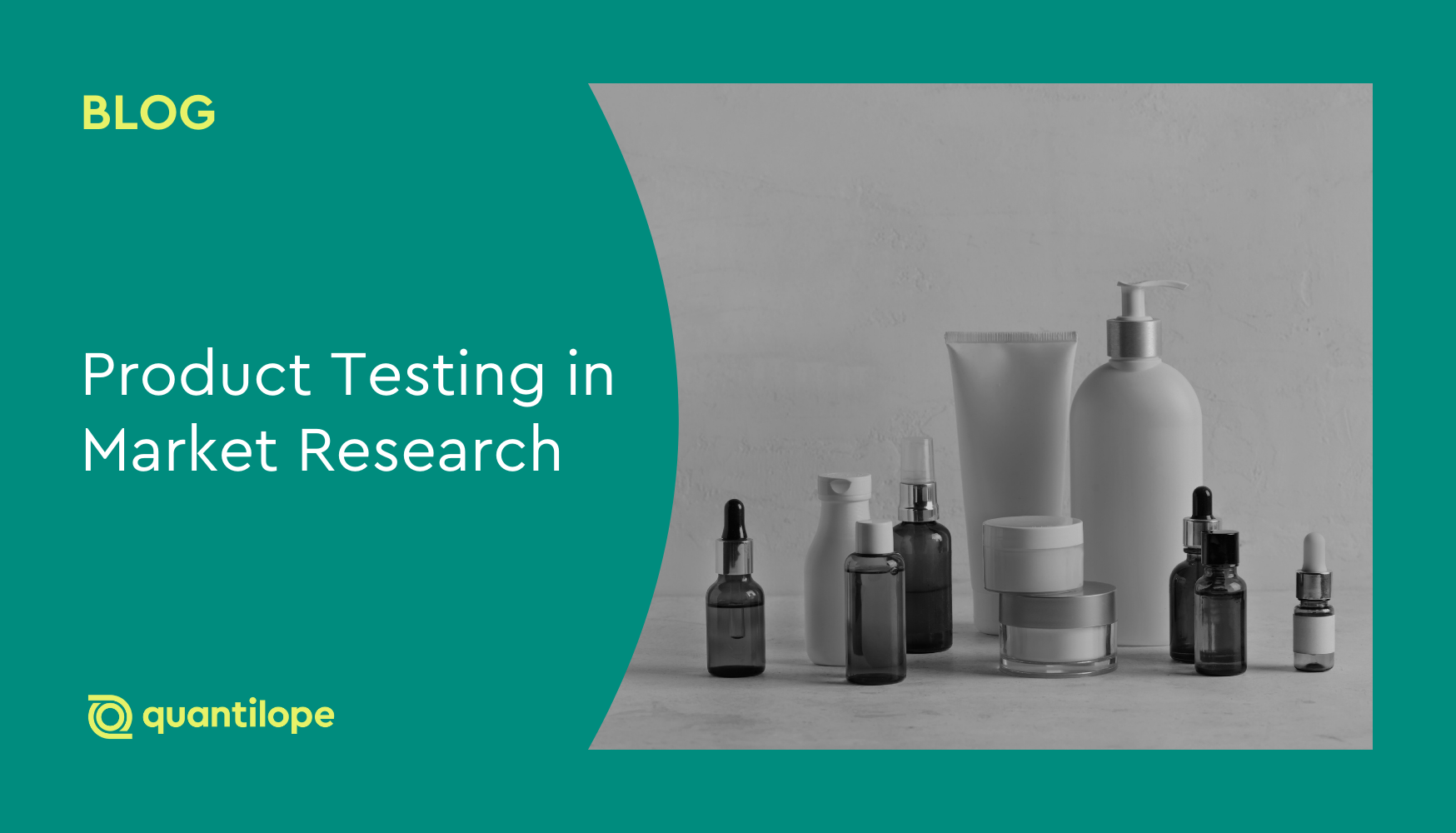In this blog, we'll dive into some of the key insights from the past two wave of quantilope's Better Brand Health Tracking (BBHT) study for the US auto insurance category.
The Better Brand Health Tracking approach
Better Brand Health Tracking (BBHT) originates from the Ehrenberg-Bass Institute for Marketing Science, based on the work of esteemed Professor, Jenni Romaniuk. With unique elements such as Category Entry Points (why, when, and where consumers think about shopping in your category), Mental Availability metrics (which brands come to mind in those buying scenarios), and Mental Advantage analysis (which brands perform better or worse than expected), BBHT goes beyond basic funnel metrics to provide brands with a clear path forward for future growth.
BBHT studies work by designing for the category, analyzing for the buyer, and reporting for the brand. In this study, we designed the study for the US auto insurance category. Each wave we analyze the findings among US car owners aged 18-69 with car insurance, and focus reporting around our focal brand: Progressive. The study runs bi-annually in July and December, capturing insights from n=550 US respondents each wave.
Key insights for the auto insurance industry
The auto insurance industry is a competitive landscape, making it crucial for insurance providers to closely understand consumer preferences and perceptions to build effective brand strategies.
quantilope's auto insurance study demonstrates how a BBHT approach makes it easy for brands to gather key takeaways for timely, strategic business decisions. In this study, BBHT's Category Entry Points (CEPs) inform auto insurance providers of what brings consumers to their category in the first place (e.g. protection against liability claims, when buying a car, when adding a new driver, after getting in an accident). Knowing why consumers are coming to your category can help inform branding and positioning so consumers consider your specific brand in those scenarios (Mental Availability).
Additionally, BBHT's Mental Advantage analysis provides an intuitive competitive analysis, highlighting where you and competitors are performing better or worse than expected – given the brand's size and how 'prototypical' a given CEP or brand attribute is for the broader category (i.e. how 'reliability' would be pretty prototypical of any car insurance provider). Brands that perform better or worse than expected given these considerations are said to have Mental Advantages or Disadvantages. See the example below from our car insurance BBHT study:

In the example above, we can see that Progressive has Mental Advantages for 'renewing my current policy', 'to reduce my insurance deductible', and 'to get a better plan'. Meanwhile, GEICO is an auto insurance provider that has a Mental Disadvantage for 'to be protected against lawsuits).
Knowing where your brand has a solid Advantage/Disadvantage can help you defend or reposition your products/services accordingly. It also lets you know where there are 'open' opportunities for growth – aka, where no brand in your category currently has the 'advantage'.
To learn more about untapped areas for growth in the US auto insurance category, access the complete dashboard below!



